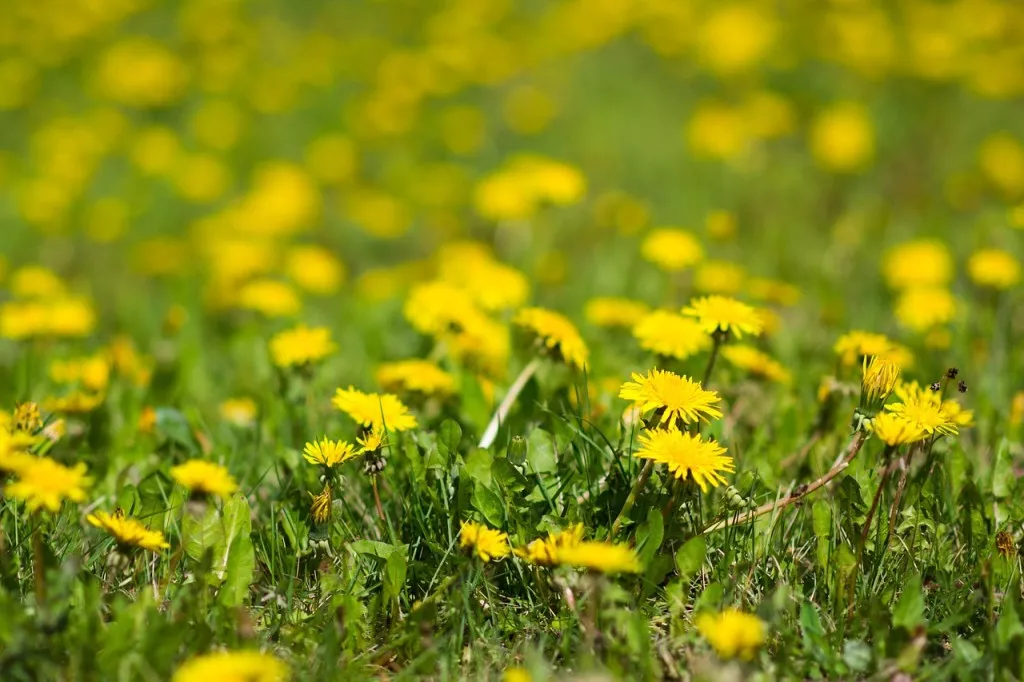Can Your Garden Recover from Weedkiller Damage?

When it comes to weeds, they are never straight forward. They pop up uninvited all over the lawn, spreading into the tiniest crevices, leaving long, relentless roots that refuse to meet their maker. It is a force of habit to reach for the weedkiller and spray haphazardly at the offending plants, however, if used incorrectly this can lead to disastrous consequences for your lawn and flowerbeds.
If you think you miss-read the label before your last weed purge, and have been left with scorched, brown grass, and wilted plants, then it could be time to match the symptoms with a solution. But first, we have to understand the effect that your weedkiller can have on your garden.
Contact Weedkiller Plants and grass that have been accidentally sprayed with contact weedkillers usually have a scorched appearance, or brown spots where the spray droplets landed on the leaves. Bulb foliage may emerge yellow if accidentally sprayed with contact weedkiller before it had died back in the previous year.
Hormonal Weedkillers Hormone or growth-regulating weedkillers leave grasses unharmed, but can cause damage to broad-leaved plants. The symptoms of this include: leaves growing narrowed, or in a cup shape; twisted or distorted leaf stalks; swollen stems, galls, or warts in brassicas and other plants, and plum shaped and distorted tomatoes with hollow centres.
How to Prevent and Remedy Weedkiller Damage Prevention is better than a cure, which is why understanding how your actions affect your garden is paramount to ensuring that you don’t accidently harm it. Here are a few points to bare in mind when safeguarding your garden against weedkiller damage.
- Only use weedkillers in the way described on the label.
- Wash out any sprayers or watering cans after use, and tip the rinsings on the treated area.
- Do not add the first lawn clippings to the compost heap after using lawn weedkiller, this could contaminate the compost.
- If treating lawns or soil, avoid stepping on the treated area, as this may spread the weedkiller into other areas of the garden.
If damage has occurred... make sure to cut back any abnormal shoots, or those that are brown. Feeding and mulching damaged plants can help them to recover, however, if your damaged plants are beyond repair do not add them to your compost heap, as they can contaminate the batch. Don’t forget, that beans, carrots, lettuce, peas, and tomatoes affected by hormonal weedkiller can still be eaten. However, brassicas (except sprouts) do not usually recover and should be destroyed.

